2013 Cobra Jet Mustang Factory Race car #001 5.4 Supercharged Video!
- Condition: Used
- Make: Ford
- Model: Mustang
- Year: 2013
- VIN: 1FTHX26G9SKA86916
- Engine size: 5.4
- Vehicle Title: Clear
- Interested?
2013 Ford Mustang Description
Hi Guys, Rich at The Mustang Ranch here in Golden, Colorado. My client has asked me to sell for him his 2013 Cobra Jet Factory Ford Mustang. As you will find out only 50 were made. This just happens to be #001. Highly collectible but having #1 will be extremely special! # FR500CJ4001 came from the Factory with the 5.4 Mod motor and Supercharged. This Race car has had 6 passes down the strip at Bandimere Speedway and ran in the 9 second bracket I am told. My clientis the first owner and was given a Bill of sale when he purchased the car from Ford and this is what will be passed on to you. The original drag slicks as well as the programmable scanner comes with the car. There is no warranty or guarantee on this Late model piece of American history. So please call and ask as many questions as you like. Sorry, no trades my client is looking for a cash sale. Best regards, Rich at TMR 303-931-5412 Be sure to check out both Youtube videos!!!!!2013 Cobra Jet The Mustang Ranch Golden, Colorado
2013 Cobra Jet 2 The Mustang Ranch Golden, Colorado
Ford Racing Announces 2013 Mustang Cobra Jet Drag Racer, Only 50 to be ProducedDECEMBER 5, 2011 AT 4:51 PM BYALEXANDER STOKLOSA
- SHARE
- TWEET
Ford unveiled itsrefreshed 2013 Mustang lineupat the L.A. auto show in November, but one member of the new pony family was missing: the non-street-legal, factory-builtCobra Jet drag racer. Worry not, racing fans, as Ford Racing announced the updated 2013 Mustang Cobra Jet and showed off the new car at the Performance Racing Industry show in Orlando, Florida. The new factory drag special wears the latest Mustang's styling and benefits from a few mechanical improvements that should improve its performance at the strip
Like previous Cobra Jets, the new one isn't actually a member of Ford's consumer lineup. Instead, like theFocus ST-Rrace car, it exists as a part number in the Ford Racing catalog—part number M-FR500-CJ, to be specific. As before, the new CJ is fully race prepped and includes a roll cage, sticky drag tires, and an adjustable suspension. New this year are two 5.0-liter V-8 engine options, one naturally aspirated and the other supercharged; the 2012 CJ offered two supercharger options—a big one and a bigger one—for the same 5.4-liter V-8. Ford isn't ready to talk outputs, but a company representative confirms that the goal is Stock Eliminator eligibility for both the standard and blown Cobra Jets, with the naturally aspirated car competing in Class B and the supercharged in AA. Based on the NHRA's latest guidelines, that means the n/a CJ would carry between 8.50 and 8.99 pounds for each NHRA-factored horsepower. The force-fed Cobra Jet would be saddled with between 6.50 and 6.99 pounds per.
Ford Racing also lightened the CJ's body and shifted its weight distribution rearward for better traction. The 2013 car is around 200 pounds lighter than the 2012, with most of that weight coming out of the front of the car. The rear suspension geometry is a work in progress, but Ford is tweaking it to provide momentary load increases at the rear axle—i.e. more squat—for better drag launches.
Ford didn't overlook turning and stopping with this quarter-mile sprinter, improving both for the 2013 Cobra Jet. The steering rack now features electric assist, which should make directional changes easier without sapping power during straight-line driving. (The previous race car had a more hardcore manual setup.) For those who think an alternator constitutes too great a power liability, Ford again fitted the Cobra Jet with two trunk-mounted batteries, an arrangement that allows drivers the option of removing the alternator belt and still having enough juice to run the power steering and other accessories. As an added bonus, the extra battery means there's more weight in the CJ's rump. In the stopping department, Ford says it has improved brake-pedal feel and modulation by changing the ratio of pedal motion to master-cylinder stroke.
Limited availability is again the Cobra Jet's key drawback—Ford Racing will only produce 50 of the race-ready Mustangs, and buyers can place orders for one at any Ford dealership on a first-come, first-served basis. Provisional pricing has been set at $85,490 for the naturally aspirated version and $92,990 for the supercharged model. That's quite a price reduction over the 2012 Cobra Jet, which started at $91,990 for a base version and $103,980 for the model with the bigger blower. The 2013 Cobra Jet's small production run should ensure that, like previous iterations, it will be highly collectible. For its part, Ford Racing seems confident that demand will outstrip supply; it's giving first dibs on future Cobra Jet production runs to customers who place their orders after the 50-unit allotment sells out.
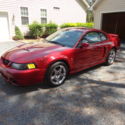 2004 Mustang Cobra SVT Factory Supercharged with only 33000 Miles
2004 Mustang Cobra SVT Factory Supercharged with only 33000 Miles
Mileage: 33,000
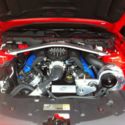 2013 Ford Mustang Boss 302 "Supercharged" Race Red
2013 Ford Mustang Boss 302 "Supercharged" Race Red
Mileage: 19,973
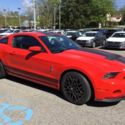 2013 Ford Mustang Shelby GT500 3,426 Miles Race Red 2dr Car Supercharged Gas V8
2013 Ford Mustang Shelby GT500 3,426 Miles Race Red 2dr Car Supercharged Gas V8
Mileage: 3,426
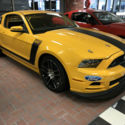 2013 Ford Mustang Boss 302S Factory Race Car ( School Bus Yellow ) #28 of 50
2013 Ford Mustang Boss 302S Factory Race Car ( School Bus Yellow ) #28 of 50
Mileage: 1
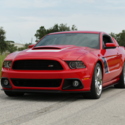 2013 Ford Mustang GT ROUSH Stage 3 Supercharged 565 HP 8215 Miles Race Red Coupe
2013 Ford Mustang GT ROUSH Stage 3 Supercharged 565 HP 8215 Miles Race Red Coupe
Mileage: 8,215
 FACTORY FIVE Mk III Roadster 427 AC Cobra Muscle Classic Race Show
FACTORY FIVE Mk III Roadster 427 AC Cobra Muscle Classic Race Show
Mileage: 8,000
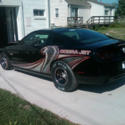 2013 Ford Mustang Super Cobra Jet - COPO Demon Drag Pack Drag Race Whipple
2013 Ford Mustang Super Cobra Jet - COPO Demon Drag Pack Drag Race Whipple
Mileage: 10
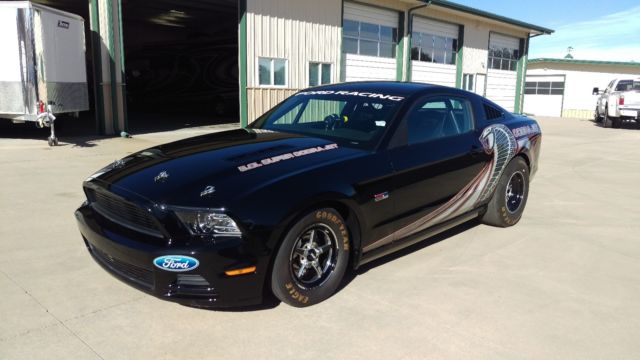
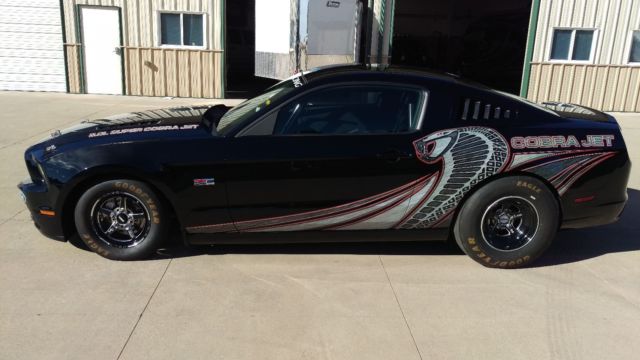
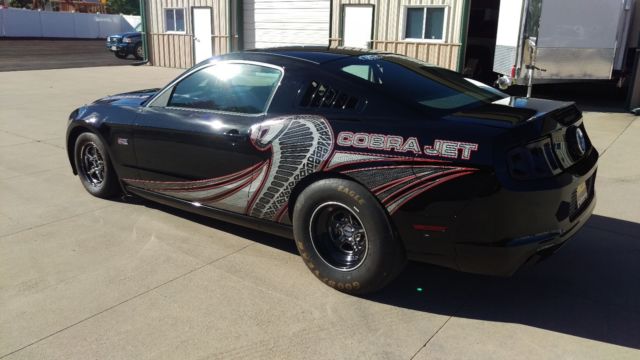
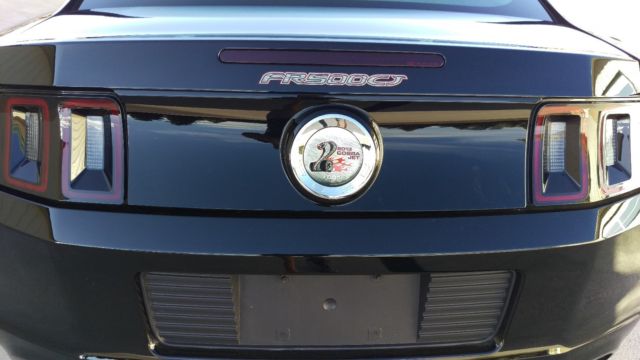
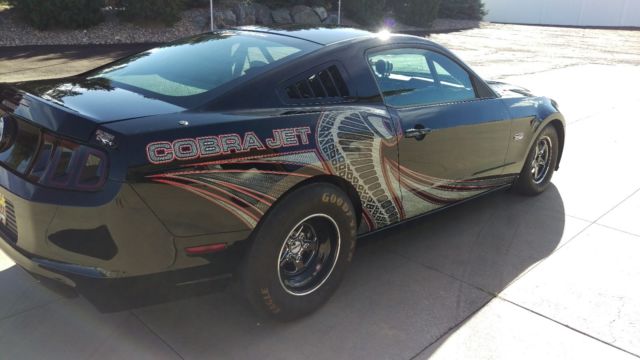
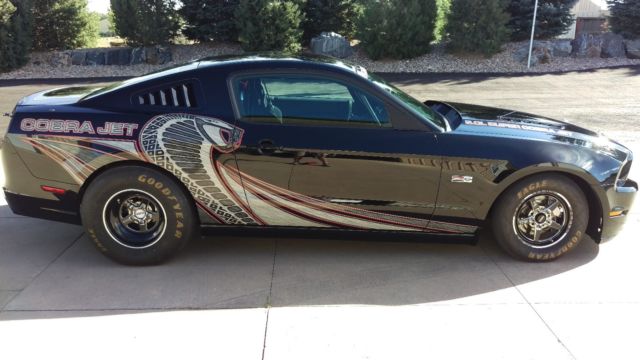
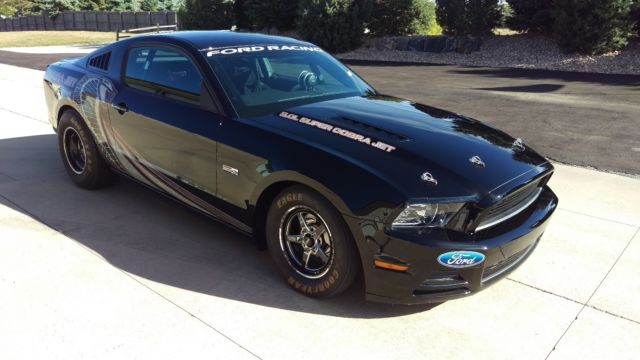



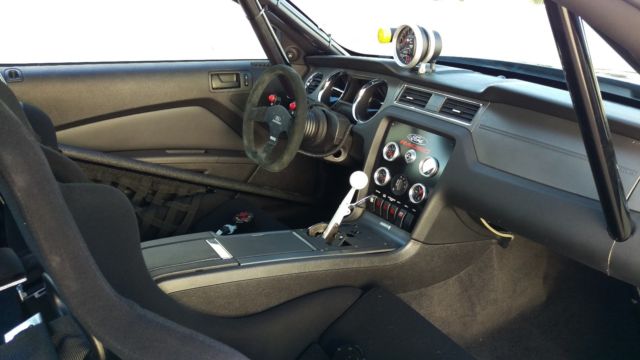
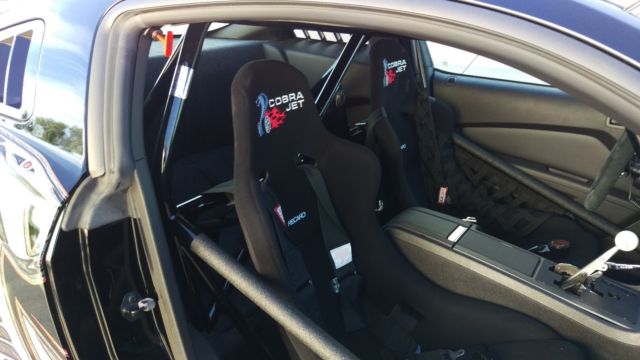
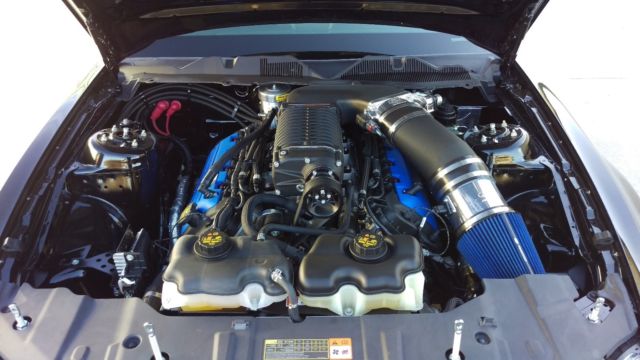
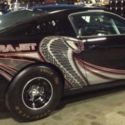 2013 Cobra Jet Mustang Factory Race car - #029 of # 50 built - 5.0 Supercharged
2013 Cobra Jet Mustang Factory Race car - #029 of # 50 built - 5.0 Supercharged
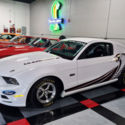 #1 of 50 '14 Mustang Super Cobra Jet Factory Drag Race Car Never Driven No Miles
#1 of 50 '14 Mustang Super Cobra Jet Factory Drag Race Car Never Driven No Miles
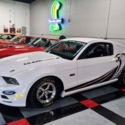 #1 of 50 '14 Mustang Super Cobra Jet Factory Drag Race Car Never Driven No Miles
#1 of 50 '14 Mustang Super Cobra Jet Factory Drag Race Car Never Driven No Miles